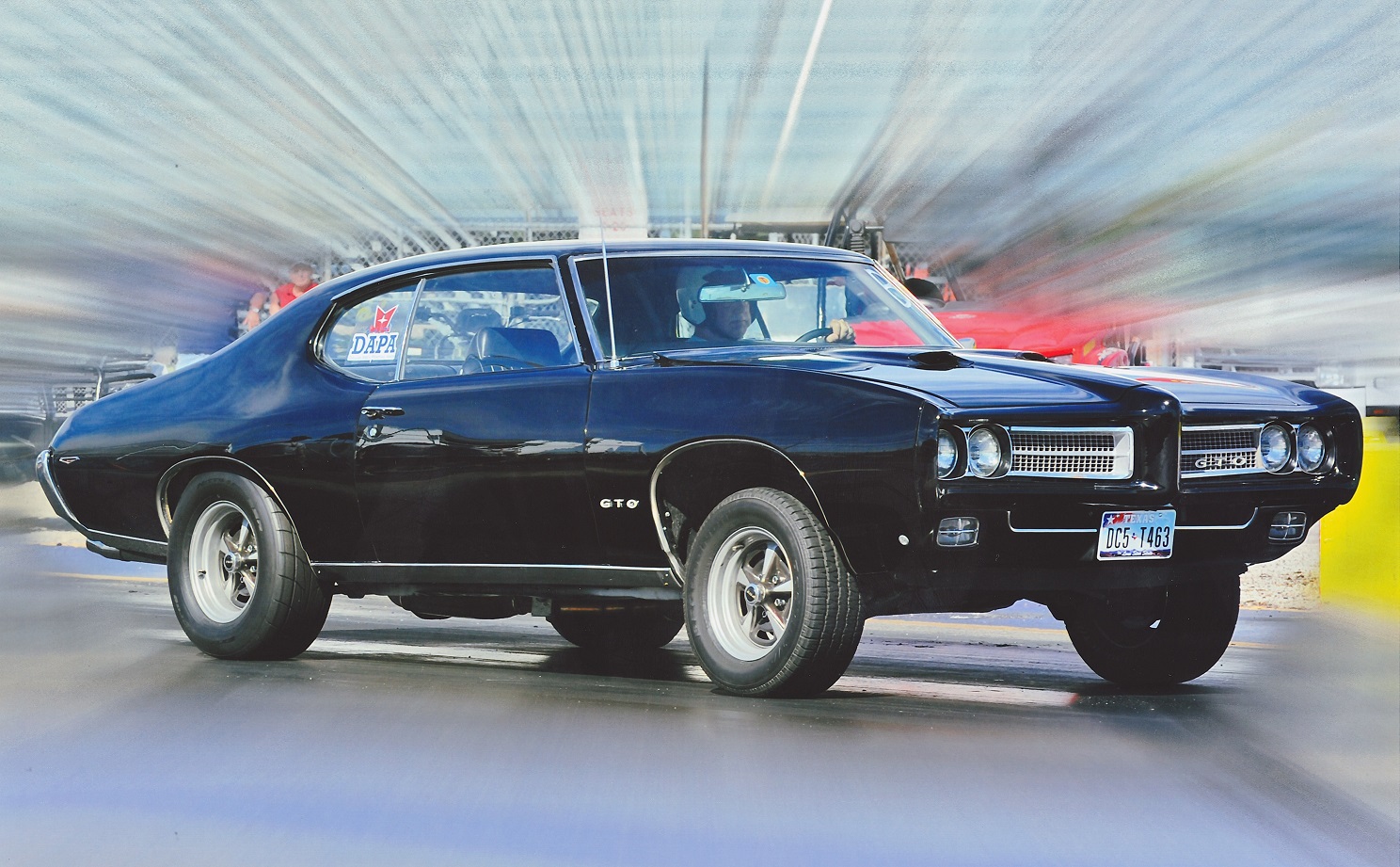Building a Strong Street Machine – Part 3: High Performance and Tune-up
- March 16th, 2010
- By D.A.P.A
- Write comment
In part 2, we discussed how family characteristics would make an engine react differently to modifications. As an introduction to this part, we will go back to 1970 to review two road tests in the April, 1970 issue of “Car Life” magazine. These tests show how engines from the same manufacturer react with “high performance” modifications. “Car Life” tested two new GTO’s; One was a Ram Air 400 rated at 366 HP @ 5100, 445 ~ torque @ 3600, with 4 speed, 4.10 gear, PS, and PB. The other was a 455 rated at 360 HP @ 4300, 500 # torque @ 2700, with automatic, 3.55 gear, PS, PB, and air conditioning. Following are some pertinent excerpts from the “Car Life” article pertaining to the engines/performance of each. Read more

